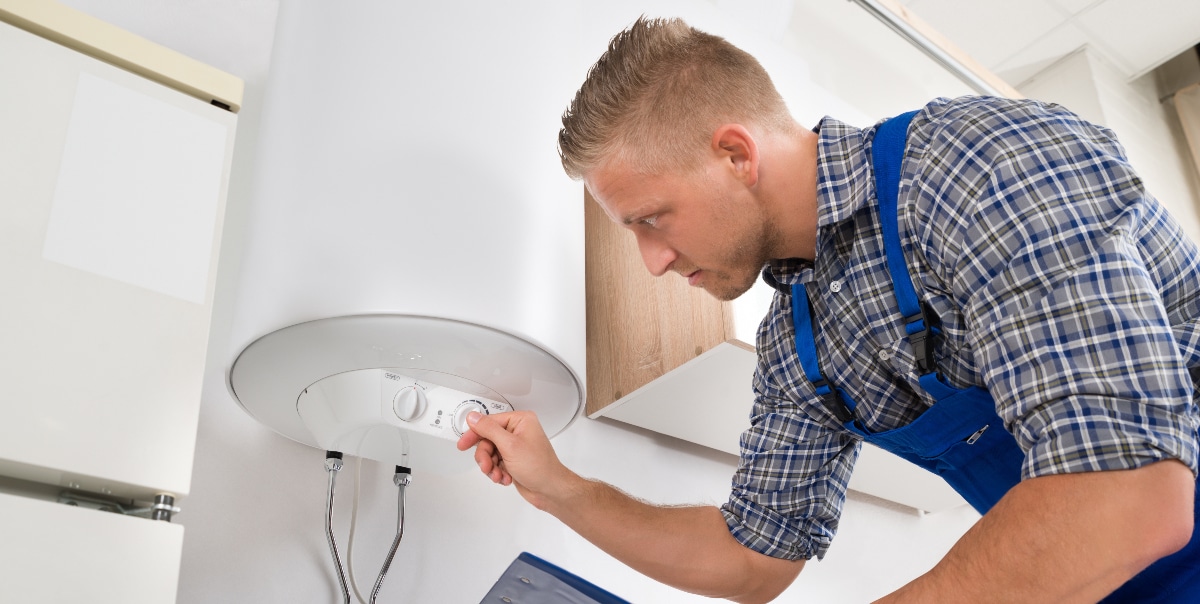Caring for Your Home's Hot Water System: Essential TipsSteps to Extend the Life of Your Home's Hot Water System By MaintenanceImportant Guidance on Maintaining Your Home's Hot Water System
Caring for Your Home's Hot Water System: Essential TipsSteps to Extend the Life of Your Home's Hot Water System By MaintenanceImportant Guidance on Maintaining Your Home's Hot Water System
Blog Article
Are you currently on the lookout for suggestions on Water Heater Maintenance Tips You Can't Afford to Forget?

Warm water is crucial for everyday comfort, whether it's for a revitalizing shower or washing dishes. To guarantee your hot water system runs successfully and lasts much longer, routine maintenance is vital. This article offers functional pointers and insights on just how to maintain your home's hot water system to avoid interruptions and expensive fixings.
Intro
Maintaining your home's warm water system may appear complicated, but with a few basic steps, you can guarantee it runs efficiently for several years ahead. This overview covers every little thing from understanding your hot water system to DIY upkeep pointers and understanding when to contact expert assistance.
Value of Preserving Your Hot Water System
Routine maintenance not only extends the life expectancy of your hot water system but also ensures it operates successfully. Neglecting upkeep can lead to reduced performance, greater power expenses, and even premature failure of the system.
Indications Your Hot Water System Needs Upkeep
Recognizing when your warm water system needs attention can prevent major issues. Keep an eye out for indications such as inconsistent water temperature, strange sounds from the heating unit, or rustic water.
Flushing the Water Heater
Flushing your hot water heater gets rid of debris build-up, enhancing effectiveness and prolonging its life.
Monitoring and Replacing Anode Rods
Anode rods protect against rust inside the tank. Examining and changing them when broken is critical.
Facility Problems Calling For Professional Aid
Examples include significant leakages, electrical problems, or if your hot water heater is constantly underperforming.
Routine Expert Maintenance Conveniences
Expert maintenance can include detailed assessments, tune-ups, and ensuring compliance with safety and security criteria.
Evaluating and Changing Temperature Level Setups
Changing the temperature level setups makes sure optimal efficiency and security.
Do It Yourself Tips for Maintenance
You can execute a number of upkeep tasks on your own to keep your hot water system in top condition.
Checking for Leaks
Consistently inspect pipes and links for leakages, as these can cause water damage and greater costs.
Comprehending Your Hot Water System
Prior to diving right into maintenance jobs, it's handy to understand the standard parts of your hot water system. Typically, this consists of the hot water heater itself, pipelines, anode rods, and temperature controls.
Regular Monthly Maintenance Tasks
Normal monthly checks can assist catch small problems before they escalate.
Checking Pressure Alleviation Valves
Checking the pressure relief valve ensures it operates appropriately and avoids extreme stress build-up.
Insulating Pipes
Protecting warm water pipelines lowers heat loss and can conserve power.
When to Call a Professional
While DIY maintenance is helpful, some concerns require professional competence.
Conclusion
Regular maintenance of your home's hot water system is necessary for performance, long life, and cost financial savings. By following these tips and knowing when to seek professional help, you can guarantee a trustworthy supply of hot water without unexpected disruptions.
How to Maintain an Instant Hot Water Heater
Before tinkering with your hot water heater, make sure that it’s not powered on. You also have to turn off the main circuit breaker and shut off the main gas line to prevent accidents. Also turn off the water valves connected to your unit to prevent water from flowing into and out of the appliance. 2. When you’re done, you have to detach the purge valves’ caps. These look like the letter “T” and are situated on either side of the water valves. Doing so will release any pressure that has accumulated inside the valves while at the same time avoid hot water from shooting out and burning your skin. 3. When the purge valves’ caps are removed, you have to connect your hosing lines to the valves. Your unit should have come with three hoses but if it didn’t, you can purchase these things from any hardware or home repair shops. You can also get them from retail stores that sell water heating systems. Read the user’s manual and follow it to complete this task properly. When the hosing lines are connected, open the purge port’s valves. 4. You should never use harsh chemical cleaners or solutions when cleaning your unit. Make use of white vinegar instead. It should be undiluted and you’ll probably use about 2 gallons. 5. Now flush your water heater. This task should probably take about 40 minutes. We can’t give you specific directions for this because the procedure is carried out depending on the type, model and brand of your heater. With that being said, refer to the user’s manual. 6. When you’re done draining the unit, you have to turn off the purge port valves again. Remove the hosing lines that you earlier installed on each of the water valves. Put the valve caps (purge port) back in their respective places and be very careful so as not to damage the rubber discs that are found inside these caps. 7. Now that everything’s back in place, check your user’s manual again to find out how to reactivate your water heating system. 8. Once it is working, turn one of your hot water faucets on just to let air pass through the heater’s water supply pipes. Leave the tap on until water flows smoothly out of it. https://www.orrplumbing.com/blog/2014/september/how-to-maintain-an-instant-hot-water-heater/

As a passionate reader on How to Maintain Your Water Heater & Prolong its Life, I assumed sharing that piece of content was a smart idea. Sharing is caring. Helping people is fun. Thank you for going through it.
See Availability Report this page